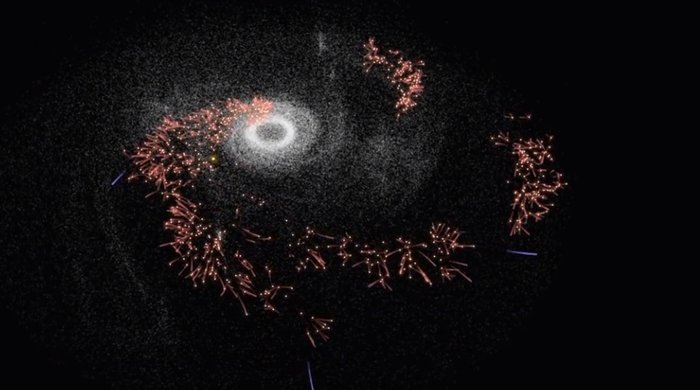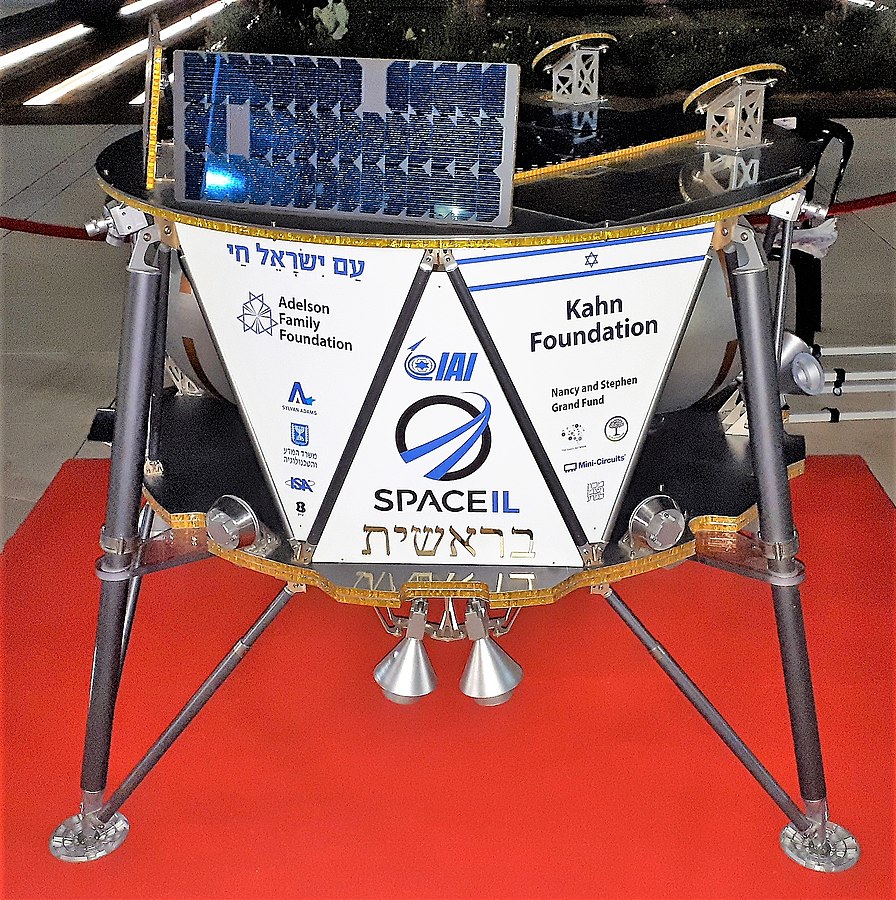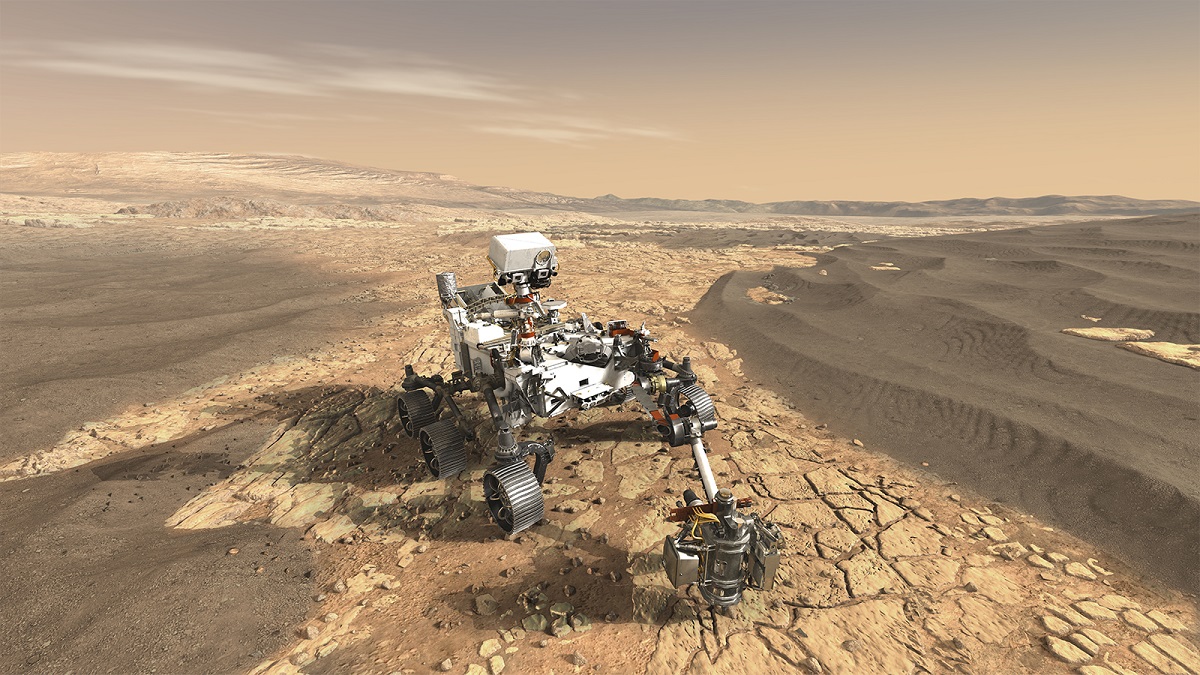The Solar System is a really big place, and it takes forever to travel from world to world with traditional chemical rockets. But one technique, developed back in the 1960s might provide a way to dramatically shorten our travel times: nuclear rockets.
Continue reading “Earth To Mars In 100 Days? The Power Of Nuclear Rockets”NASA is Going Back to Saturn’s Moon Titan, this Time With a Nuclear Battery-Powered Quadcopter
The official announcement has been made. NASA is sending the Dragonfly, its rotary-winged flying robot, to Titan. We’ll have to control our excitement for a while, though. The launch date isn’t until 2026.
Continue reading “NASA is Going Back to Saturn’s Moon Titan, this Time With a Nuclear Battery-Powered Quadcopter”French Scientists Claim to Have Created Metallic Hydrogen
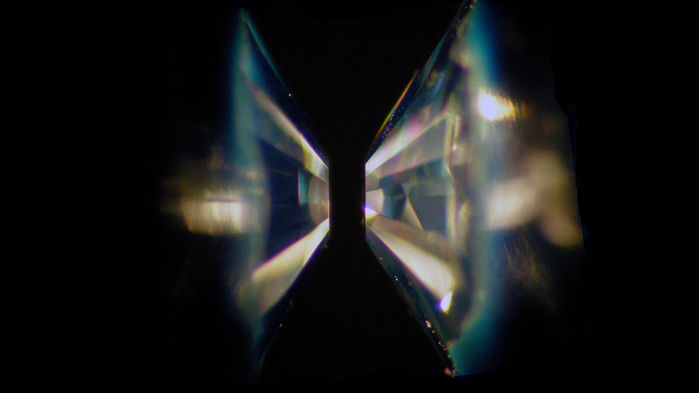
Scientists have long speculated that at the heart of a gas giant, the laws of material physics undergo some radical changes. In these kinds of extreme pressure environments, hydrogen gas is compressed to the point that it actually becomes a metal. For years, scientists have been looking for a way to create metallic hydrogen synthetically because of the endless applications it would offer.
At present, the only known way to do this is to compress hydrogen atoms using a diamond anvil until they change their state. And after decades of attempts (and 80 years since it was first theorized), a team of French scientists may have finally created metallic hydrogen in a laboratory setting. While there is plenty of skepticism, there are many in scientific community who believe this latest claim could be true.
Continue reading “French Scientists Claim to Have Created Metallic Hydrogen”Eruption of the Raikoke Volcano, Seen From Space
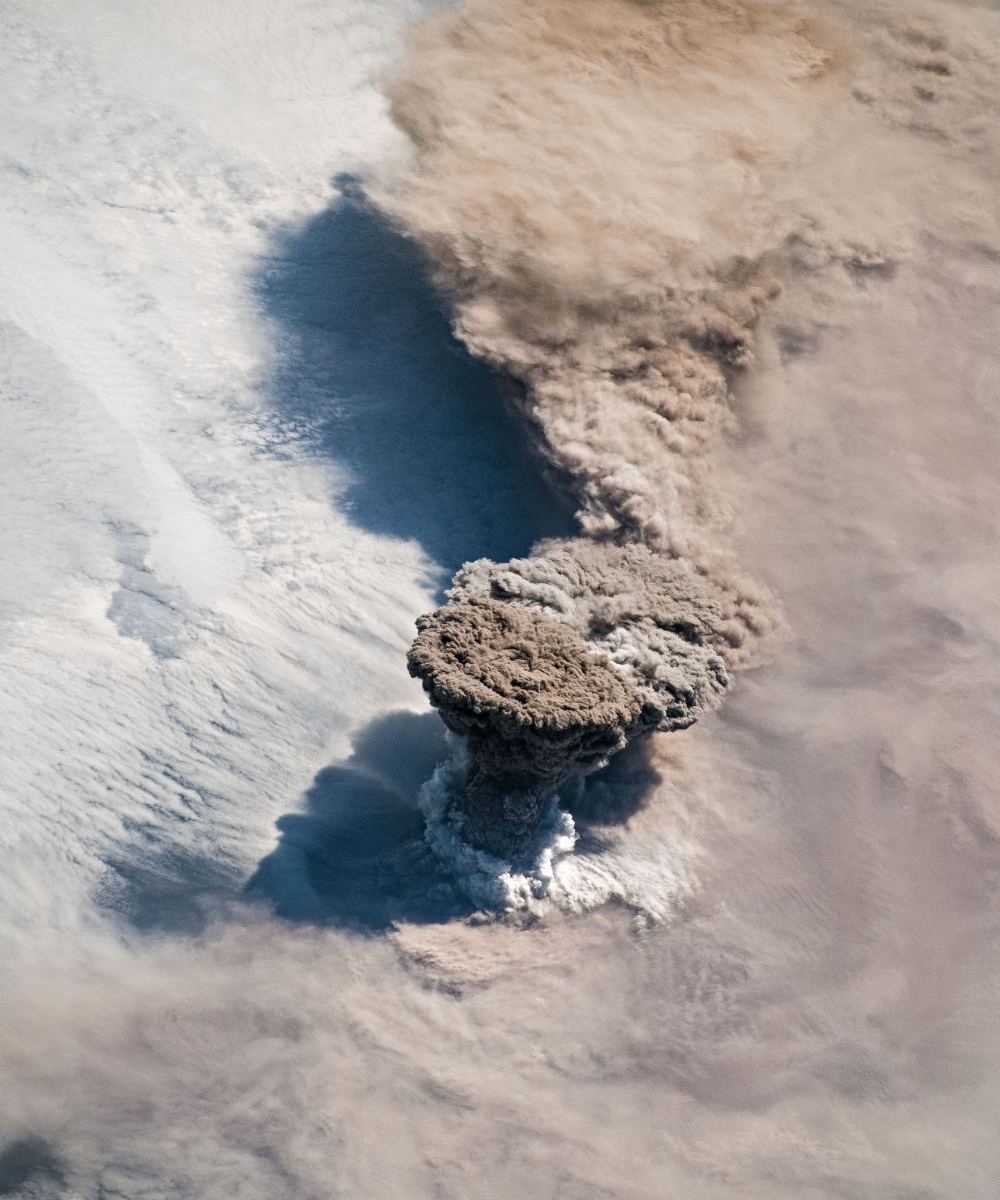
The Raikoke Volcano, dormant for a very long time, has awoken from its slumber. The volcanic island is in the Kuril Island chain, near the Kamchatka Peninsula in Russia. Unlike its more volcanically active neighbours, Raikoke has been dormant since 1924.
Thanks to astronauts on the International Space Station, we have gorgeous photos of the eruption.
Continue reading “Eruption of the Raikoke Volcano, Seen From Space”Our Complete Guide to the July 2019 Total Solar Eclipse

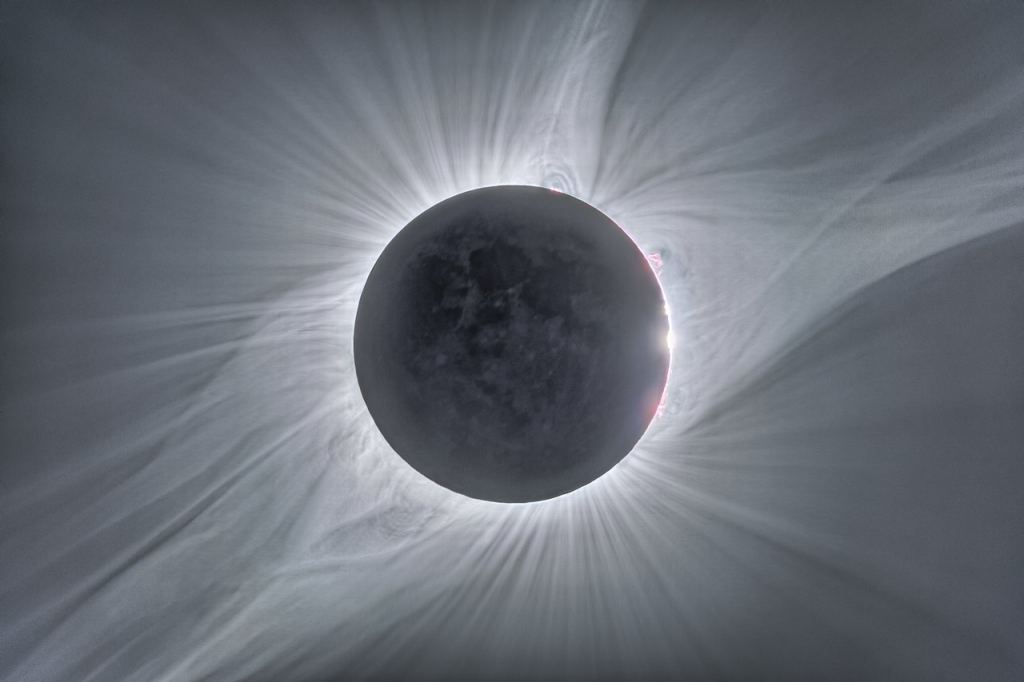
You couldn’t order up a geekier solar eclipse from the cosmos. Next Tuesday on July 2nd, the second of three eclipse seasons begins for 2019, with the only total solar eclipse of the year spanning the southern tip of South America, including the nations of Chile and Argentina. As an extra-special part of the spectacle, however, the path of totality for the eclipse passes right over the La Silla observatory complex in the Atacama Desert.
Continue reading “Our Complete Guide to the July 2019 Total Solar Eclipse”The Most Efficient Way to Explore the Entire Milky Way, Star by Star
It seems like the stuff of dreams, the idea that humanity will one day venture beyond the Solar System and become an interstellar species. Who knows? Given enough time and the right technology (and assuming there’s not some serious competition), we might even be able to colonize the entire Milky Way galaxy someday. And while this seems like a far-off prospect at best, it makes sense to contemplate what a process like this would entail.
That’s what a think tank from the ESA’s Advanced Concepts Team (ACT) managed to do recently. As part of the tenth annual Global Trajectory Optimization Competition (GOTC X), they created a simulation that showed how humanity could optimally colonize the Milky Way. This was in keeping with the competition’s theme of “Settlers of the Galaxy“, which challenged teams to find the most energy-efficient way of settling as many star systems as possible.
Read moreSpaceIL Scraps its Plans to go Back to the Moon. Instead, it’s Got a New Secret “Significant Objective” for Beresheet 2
Mystery. Secrecy. A Need-To-Know Basis. These are the hallmarks of science. Wait a minute: no they’re not. So what’s with all the mysterious secret objective talk from SpaceIL about Beresheet2?
Continue reading “SpaceIL Scraps its Plans to go Back to the Moon. Instead, it’s Got a New Secret “Significant Objective” for Beresheet 2″Lakes on Titan Might Have Exotic Crystals Encrusted Around Their Shores

Titan is a mysterious, strange place for human eyes. It’s a frigid world, with seas of liquid hydrocarbons, and a structure made up of layers of water, different kinds of ice, and a core of hydrous silicates. It may even have cryovolcanoes. Adding to the odd nature of Saturn’s largest moon is the presence of exotic crystals on the shores of its hydrocarbon lakes.
Continue reading “Lakes on Titan Might Have Exotic Crystals Encrusted Around Their Shores”Hubble Finds Buckyballs in Space
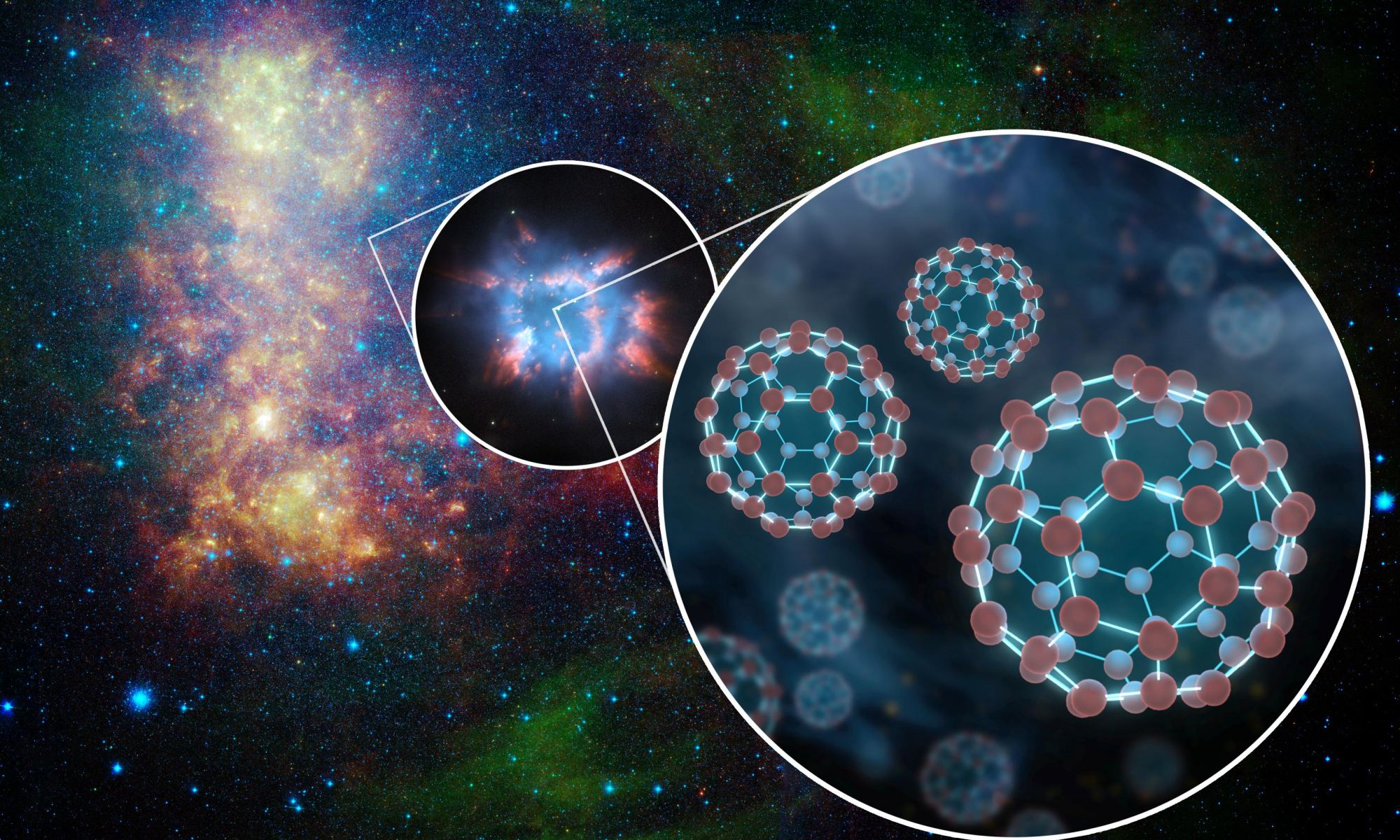
Scientists working with the Hubble Space Telescope have found a very complex molecule out there in space. Called Buckyballs, after renowned thinker Buckminster Fuller, they are a molecular arrangement of 60 carbon atoms (C60) in the rough shape of a soccer ball. Though it’s not the first time these exotic molecules have been spotted in space, it is the first time that Buckyball ions have been found.
Continue reading “Hubble Finds Buckyballs in Space”Of Course Mars 2020 is Going to Get a New Name. NASA is Looking for Judges for an Upcoming Naming Contest
A little over a year from now, NASA’s Mars 2020 rover will launch for Cape Canaveral and begin its journey to the Red Planet. When it arrives, in February 2021, it will begin exploring the Jezero Crater to learn more about Mars’ past and search for evidence of past and present life. But before that happens, this robotic explorer still needs a proper name.
Like its predecessors, Spirit, Opportunity, and Curiosity, the Mars 2020 rover will get its official name with the help of a nationwide contest. Towards this end, NASA recently announced that it has partnered with two organizations to give K-12 students all across the US a chance to name the rover that will continue in the search for life and pave the way for humans to begin exploring Mars.
Continue reading “Of Course Mars 2020 is Going to Get a New Name. NASA is Looking for Judges for an Upcoming Naming Contest”


